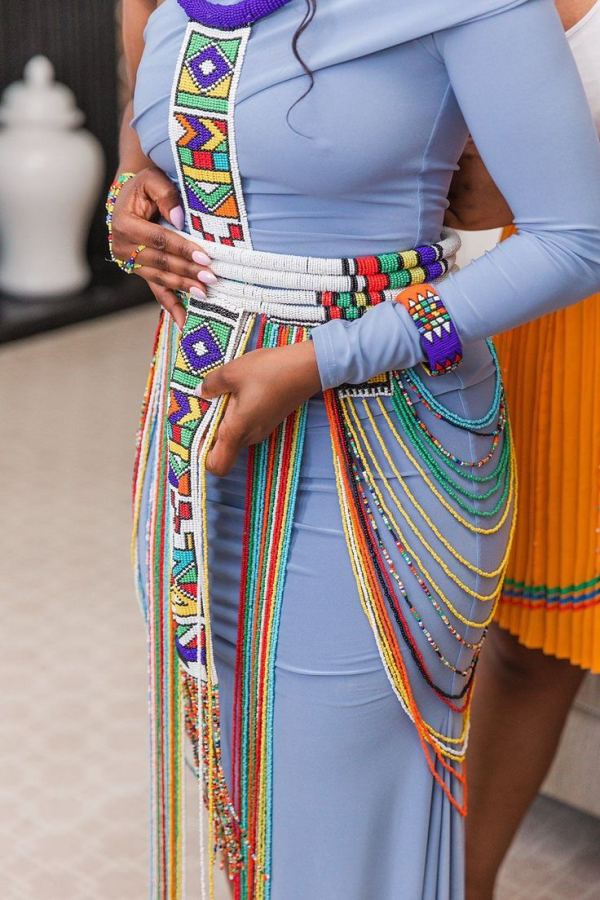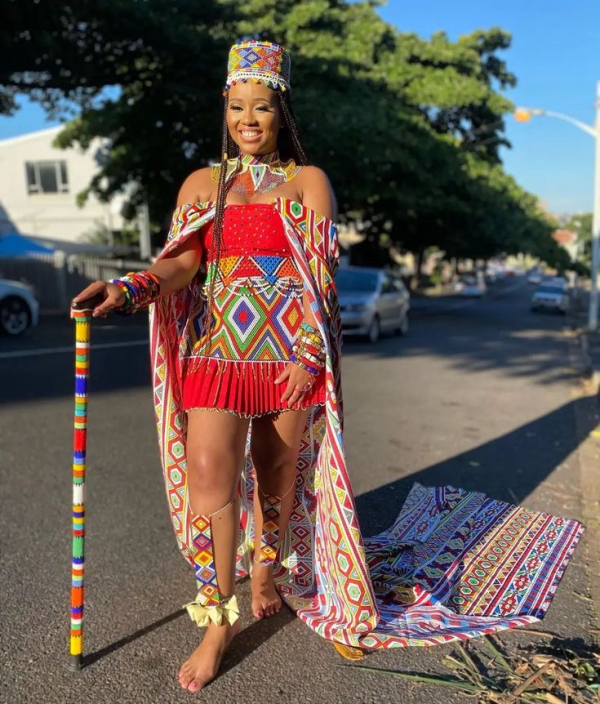The Beauty of Beadwork: Zulu and Ndebele Traditions
Beadwork holds a deeply ingrained significance in the cultural traditions of the Zulu and Ndebele peoples of Southern Africa. It is a craft that has been passed down through generations, embodying the rich history, values, and beliefs of these communities. The beauty of beadwork in Zulu and Ndebele traditions transcends mere decoration; it serves as a language of expression, communication, and identity.

In both Zulu and Ndebele cultures, beadwork is not merely a form of adornment but a symbol of social status, spirituality, and cultural pride. Each bead, carefully selected and meticulously arranged, carries meaning and tells a story. The colors, patterns, and designs used in beadwork are not chosen arbitrarily but are deeply rooted in tradition and symbolism.

One of the most striking features of Zulu and Ndebele beadwork is its vibrant color palette. Bright hues such as red, yellow, blue, and green dominate traditional designs, symbolizing various aspects of life such as fertility, spirituality, and prosperity. These colors are often combined in intricate patterns that convey specific messages or mark significant life events such as weddings, initiations, or mourning rituals.
Patterns in Zulu and Ndebele beadwork are not only visually captivating but also carry profound cultural significance. Geometric shapes, zigzags, triangles, and diamonds are commonly used motifs, each with its own symbolic meaning. For example, the zigzag pattern, known as isicholo in Zulu culture, represents the peaks and valleys of life’s journey, while the diamond motif symbolizes protection and unity.

The techniques used in Zulu and Ndebele beadwork are passed down from one generation to the next, often within the confines of familial or community-based apprenticeships. Young girls learn the art of beadwork from their mothers, grandmothers, or elder sisters, starting with simple designs and gradually mastering more complex patterns as they grow older. This passing down of knowledge not only ensures the preservation of traditional techniques but also strengthens bonds within the community.

In conclusion, the beauty of beadwork in Zulu and Ndebele traditions lies not only in its aesthetic appeal but also in its cultural significance, symbolism, and communal value. It serves as a powerful means of preserving heritage, fostering intergenerational bonds, and promoting economic empowerment within these vibrant African societies.